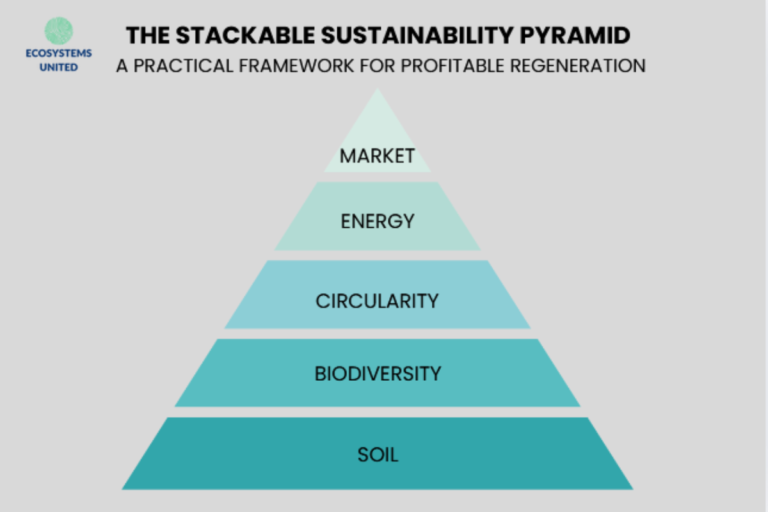what are networks and how are they classified?
At the most basic level, a network is any connection between different components of a given system. The way by which the connection functions is dependent on the network variety, inclusive of the types of relationships that exist between the nodes, i.e. the people and organizations participating in the network. Relationships that do develop are complex and dynamic, and they offer the opportunity for infrastructure development, which in turn enables participants to transfer knowledge and create communities that have the capacity to fulfill the needs of members. In turn, the interactions create an environment supportive of coordination and joint action. The scope and extent of the joint activities, as well as the management style, are directly impacted by the purpose and the objectives of both the individual members and of the network itself. This is especially true as each network is individual in nature. Ergo, a network can be considered, “any moderately stable pattern of ties or links between organisations or between organisations and individuals, where those ties represent some form of recognisable accountability (however weak and however often overridden), whether formal or informal in character, whether weak or strong, loose or tight, bounded or unbounded” (Goodwin et al., 2004, p. 20).
Although networks may have similar components and functions, each individual network develops based on the interests and needs of members. Therefore, they have unique qualities that can be classified according to many factors. For example, networks can be considered either informal, where they evolve organically and have no particular defined purpose or objectives and are often short-lived in nature, or formal, where they are established for a given purpose and are comprised of more complicated interactions (Tucker et al., 2015, p. 22-23). Often, more formal networks contain communities which are long-term interactions between individuals or groups who are attempting to create a form of change.
More specific insights on the management, function, and style of a network can be garnered by the taxonomic classification of the network. Criteria for the classification of networks can include, for example, the following factors:
- Internal Structure: the composition of the network, e.g. centralisation, density, the strength of ties, etc.
- Content: what is communicated or transferred within the network, e.g. information, money, moral support, etc.
- Symmetrically: to what extent equality exists, e.g. whether the relationship between A and B reciprocal or A/B receive more or less content.
- Functions: the extent of the accomplishment of the intended purpose, i.e. whether and how the expected tasks are completed
- Institutional Form: how the network’s functionality is structured, e.g. rules, norms and ties
- Styles of Learning: the way in which knowledge and education are managed and whether this learning is incidental or the principal purpose
- Types of Activities: whether and how efforts are made to interact with other organizations
It should be noted that it is more likely that a network can be classified according to several of the aforementioned criteria, rather than only one specific criterion. The degree of centralisation within a network can also have a great impact on the management of the network based on the number of members engaged in the centralized activities.

Also relevant to the functionality of networks is the fact that networks are both governed and managed – two factors that despite being quite similar in nature must not be confused (Goodwin, et al., 2004, p. 24). Governance is an exogenous activity engaged in by non-members of a given network in an effort to control, regulate or influence the total network with the intentions of impacting some component of the network, e.g. promote or discourage a capacity for collective action or the development or dissolution of political, social or financial ties. Likewise, network management has similar intentions, however, the activities are pursued by members of the network.
Management that is effective and efficient as a means for maintaining and encouraging membership, active participation, and appreciation for the services offered by the network is essential to producing benefits for the network members which can be classified into five categories (Tucker et al., 2015, p. 20):
- Individual Gains, e.g. status and recognition
- Community Building, e.g. social ties and feelings of belonging
- Sharing and Learning, e.g. interests and ideas
- Coordination, e.g. access to social opportunities
- Collaboration and Joint Undertaking, e.g. idea and risk sharing
The avoidance of frustrations and future challenges can be achieved by clear conveyance of the purpose and structure of the network. Similarly, networks must be adaptive to both the needs of members and the environment in which the network exists in order to maintain functionality, especially if there is a desire to pursue shared goals over a long period of time.
sources:
Goodwin, N., Perri, 6., Peck, T., Freeman, R., Posaner, R. (2004). Managing Across Diverse Networks of Care: Lessons from Other Sectors. Retrieved from webarchive.nationalarchives.gov.uk/20091005113334/sdo.nihr…/39-policy-report.pdf
Deutsche Gesellschaft für Internationale Zusammenarbeit (GIZ) GmbH. (n.d.). Work the Net: A management guide for existing and emerging formal networks. Retrieved from https://www.giz.de/akademie/de/downloads/AIZ-WorktheNet-Online.pdf


